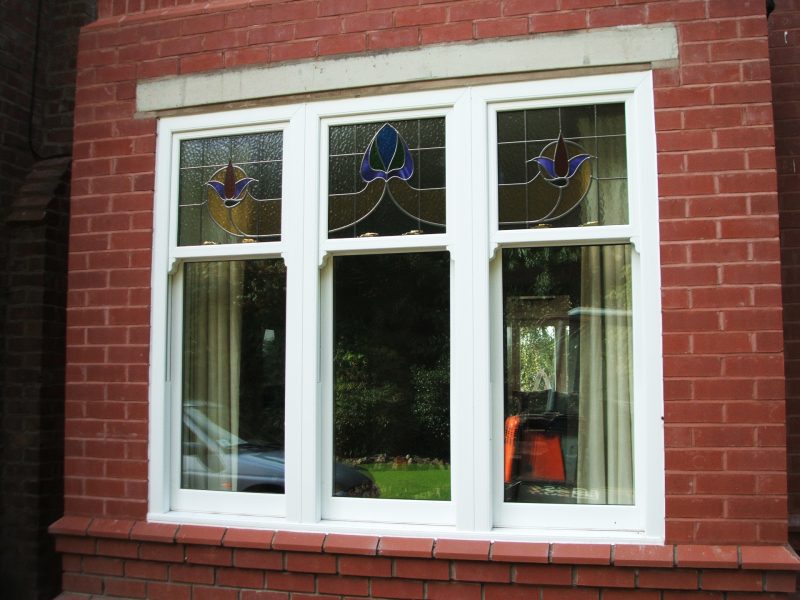All Categories
Featured
Table of Contents
Keeping Your Cool: The Benefits Of Double Glazed ... in Leeming Western Australia
That window can transmit more solar heat in winter than in summer. A west-facing window on a summertime's afternoon has an angle of occurrence from near 0 as much as 30 with a big reliable area of solar radiation. A north-facing window, in summer season, has a high angle of occurrence and a low effective location of solar radiation, so can transfer less heat than a west-facing one.

But you can quickly and quickly improve the thermal efficiency of your home by replacing your windows. This is one of the most reliable approaches of renovation to accomplish better thermal comfort. There are countless kinds of glass and frames to pick from. Picking the best ones is essential to improving the energy effectiveness of your home.
Which Type Of Glass Is Best For Energy Efficiency? - A&l Windows in Atwell Western Australia
There are several kinds of glass items to select from. Single glazing utilizes a single pane of glass. Single glazing with clear glass is not very efficient when it pertains to heat loss or gain. To improve efficiency, you can use single glazing with a more energy-efficient type of glass such as low emissivity (low-e) glass.
The energy efficiency of IGUs likewise depends on: the residential or commercial properties of each layer of glass. Various glass types (for example, clear and low-e glass) can be put together in an IGU.
Why Do You Need Double Glazing Windows In Summer? in Jolimont Perth

IGU cavities can be filled with air or a more inert, low-conductivity gas such as argon the width of the cavity. Larger cavities offer lower (better) U values, with 12mm usually accepted as the preferred space how well the cavity is sealed.
If argon is set up to the cavity in location of air, wetness is reliably omitted the level of desiccant (drying agent). The spacer (metal or polymer strip) that separates the glass layers contains a desiccant to take in any wetness. Insufficient desiccant may cause wetness to condense on the glass surface in cold conditions, decreasing thermal performance.
Why Install Stunning Double Glazing Windows During Summer? in Wellard Perth
In truth, IGUs can deliver much better energy efficiency for all environments, specifically in heated and air-conditioned homes. Cross-section detail of single, double and triple-glazing systems Low emissivity glass (typically known as low-e glass) minimizes heat transfer. Low-e glass may be either high or low transmission: High transmission low-e glass has a finishing that permits daytime from the sun to pass into the home to accomplish excellent solar heat gain, but lowers the quantity of the long wavelength infrared heat that can leave back through the window.
Low-e glass has either a pyrolytic finish or a vacuum-deposited thin movie metal finishing. Pyrolytic finishings are long lasting and can be utilized for any glazing; vacuum-deposited finishings are soft and are only utilized within IGUs. Low-e finishings can substantially enhance both U value and SHGC; nevertheless, they must be used correctly or they will either deteriorate or stop working to perform as required.
Insulated Glass Unit – Igu in Kalamunda Western Australia
Low-e finishings can be used in combination with clear, toned or reflective glass. Low-e coatings on glazing can decrease heat transfer where needed Picture: Department of Industry, Science, Energy and Resources Toned glass has colouring ingredients consisted of during manufacture. It is available in numerous colours, generally bronze, grey, blue and green.
Table of Contents
Latest Posts
How Are Double Glazed Windows More Energy Efficient? in Helena Valley Perth
Why Should You Have Double-glazed Windows This Summer? in Secret Harbour WA
Double Glazed Windows Brisbane in Mosman Park Western Australia
More
Latest Posts
How Are Double Glazed Windows More Energy Efficient? in Helena Valley Perth
Why Should You Have Double-glazed Windows This Summer? in Secret Harbour WA
Double Glazed Windows Brisbane in Mosman Park Western Australia